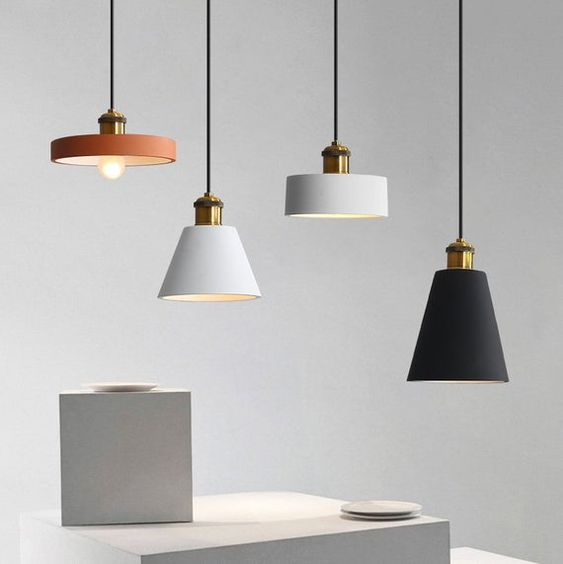 November 03, 2021 - BY Admin
November 03, 2021 - BY Admin
Lighting
a space may not be as basic as you'd might suspect, yet it doesn't have to be
complicated. We can achieve comfort, utility and beauty by using layered
lighting: Ambient lighting to give general brightening and comfort, task
lighting for specific tasks, and accent lighting to dress up any room. How do
we do it? Here's the secret!
AMBIENT LIGHTING
As a
first step, you have to start with your most significant layer which is ambient
lighting. General or ambient lighting is intended to light up a room in its
entirety. It gives a uniform level of enlightenment throughout the space.
Moreover, its purpose is to ensure safe and easy traffic, just as to make an
outline of the room.
This
is the basic, it is good enough to get the gist of a space and perform basic
activities, but it might not be bright enough or focused enough for more
specialized undertakings, which brings us to task lighting
Square footage matters : when choosing recessed lighting for ambient illumination , approximately one light every 4 square feet of ceiling is a good starting point . Always keep in mind that your needs may vary depending on the circumstances such as failing vision or architectural obstruction. In this case your space may need more lumens to be adequately lit.

TASK LIGHTING
More
specialized than ambient lighting, the second layer is task lighting and is
applicable in any room of your home. It can be used as kitchen undercabinet
lighting so you can see clearly while cooking or baking, or in home offices as
a bright desk lamp for working, reading and writing with ease. However, task
lighting is also in the bathroom as the all-important vanity light for example
for doing make up and shaving, and in the bedroom, a bedside reading lamp
counts in this category.
While
task lighting has a work-oriented purpose, the part of personality and
character can be accomplished with accent lighting.

ACCENT LIGHTING
Accent
lighting emphasizes objects by focusing light directly on them. It is used to
create dramatic effects or to highlight special spaces such as artwork,
fireplaces, plants, textured walls, or architectural details. So, its main
idea is to highlight the item’s characteristics, depth and dimension.
As a
general rule, accent lighting should be three times brighter than the
surrounding ambient lighting for maximum impact.
